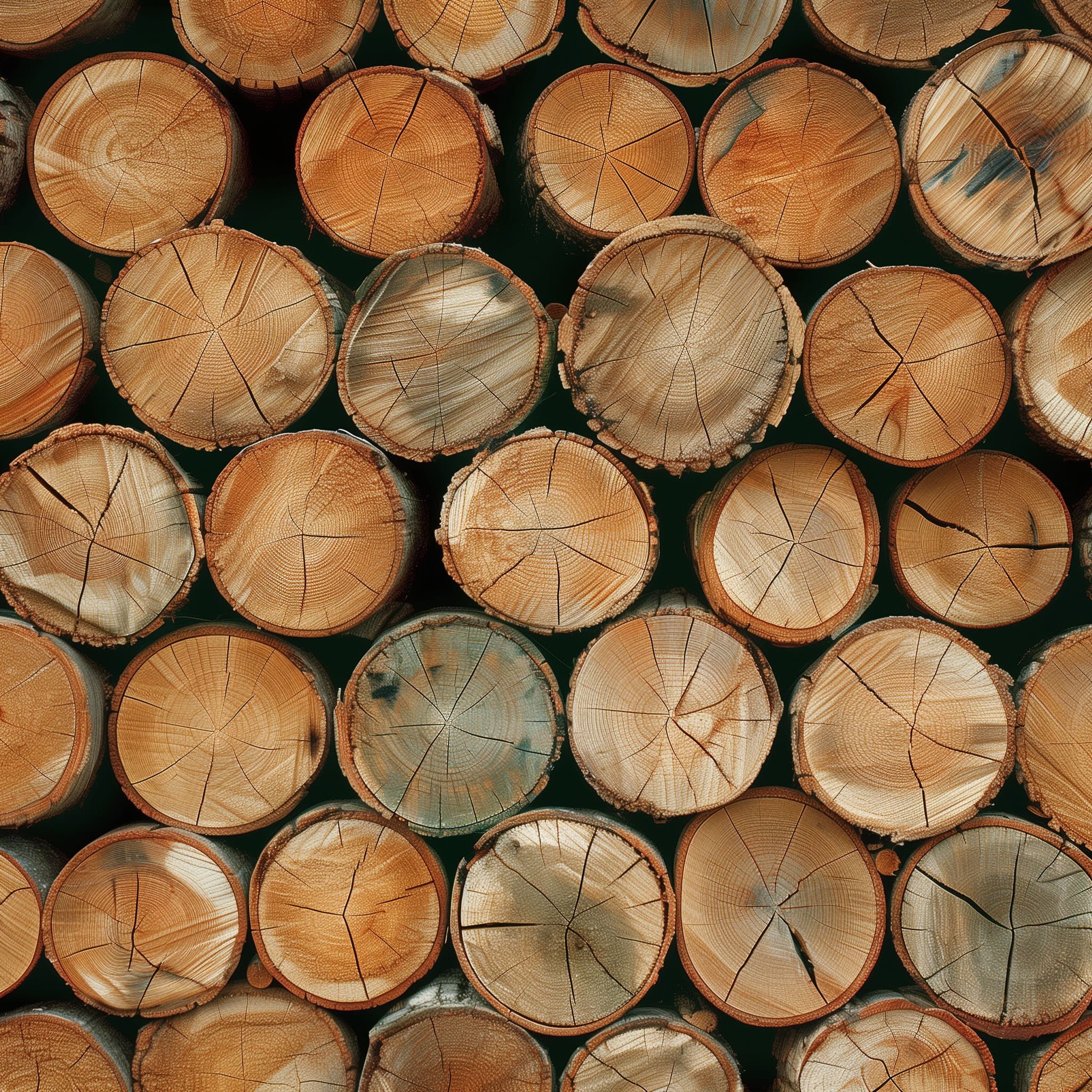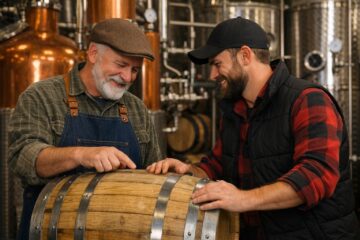In the world of craftsmanship, there’s a humble hero that rarely gets the attention it deserves: the stave of wood. These curved, resilient slivers of timber may seem modest, but they’re foundational to everything from music and architecture to wine and whiskey. At BarrelsWood, we see them as the quiet legends behind the barrels that fuel tradition—and flavor. Let’s explore how these wooden warriors shape the world around us.
Staves in Barrel Making: Guardians of Whiskey, Wine & More
Without staves of wood, there would be no barrels—and without barrels, aging whiskey and wine just wouldn’t be the same. Each stave is carefully shaped, toasted, and assembled to form the structure of the barrel. These curved pieces of American white oak are bound by black steel hoops, forming the vessels that hold some of the world’s most beloved spirits.
If you’re ever wondered how whiskey gets its caramel, vanilla, or smoky edge, it’s thanks to its intimate relationship with the wood. As liquid seeps into the staves, compounds like vanillin and tannins are drawn out over time. This aging process transforms the raw spirit into something richer and more refined.
Want to learn more about barrel aging? Explore our curated selection of whiskey barrels, wine barrels, and even bourbon oak barrels for deeper flavor infusions.
Mastering the Craft: How Coopers Shape the Staves
Crafting a barrel is no DIY project. It requires the skilled hands of a cooper—an artisan trained in the ancient techniques of barrel-making. Each stave must be seasoned and toasted just right. Too dry, and the barrel leaks. Too wet, and it warps. The angles must match precisely, forming a watertight seal without nails or glue.
Curious how to keep your barrel in top shape once it’s in use? Don’t miss our guide on how to keep a wooden barrel from rotting—especially if you’re aging spirits at home.
Melodies in Wood: Staves in Musical Instrument Making
Beyond spirits and aging, staves of wood also bring music to life. In violins, cellos, and guitars, thin slices of wood are carefully bent and glued to form the curved backs and sides of the instrument. Luthiers—stringed instrument makers—select staves based on tone, grain, and flexibility to craft instruments that sing.
Each stave contributes to resonance, projection, and warmth of tone. The same attention to moisture and grain that affects a barrel also applies to an instrument’s voice. In both cases, the stave is the silent collaborator in every beautiful result.
Architectural Roots: The Strength of Staves in Buildings
Step into a stave church in Norway and you’ll see another side of these humble timbers. These iconic structures, dating as far back as the 1100s, use vertical staves as key structural components. Held together with pegs, not nails, they showcase the early genius of timber construction and wood engineering.
Built to last centuries, stave churches are living proof that wood—when chosen and placed correctly—can stand the test of time. The same principles apply to our barrel-making: use the right cut, shape it properly, and the result will endure.
Modern Uses: From Furniture to Pickles
In today’s design world, staves of wood are making a stylish comeback. Repurposed barrel staves are now showing up as stools, wall art, and lighting fixtures. Their natural curve and charred texture offer a rustic aesthetic that’s hard to replicate.
One of the most charming applications? Pickling. That’s right—our pickle barrels bring old-school fermentation into modern kitchens. The same wood-aging principles that elevate whiskey also work wonders for cucumbers and kraut.
Want to read more about the time-honored art of pickling? Check out our article A Time-Honored Tradition of Pickling.
Eco-Friendly by Nature: The Sustainability of Staves
When crafted from responsibly harvested American oak, staves of wood become an eco-conscious choice. Barrels last for years—decades, even—and when their aging days are done, the staves can be reborn as furniture, decor, or planters.
We’re proud to stock barrels that have been freshly dumped and repurposed for a new life. In fact, our big oak barrels are often used in gardens and outdoor projects where their size and strength are ideal.
Nothing goes to waste. Every stave has a story—and a second chapter waiting to be written.
The Final BarrelsWood Word
It’s easy to overlook the stave of wood. But behind every well-aged whiskey, every note of a violin, and every historic timber structure lies this simple piece of craftsmanship. At BarrelsWood, we believe in celebrating these quiet contributors to quality.
Whether you’re a winemaker looking for the perfect oak wine barrel, a pickler in search of a solid brine container, or simply someone who appreciates timeless woodwork, the stave is your unsung ally.
So next time you sip a smoky bourbon, hear a cello echo through a hall, or admire a reclaimed wood table—pause and raise a mental glass to the stave. It might just be the most important piece of wood you’ve never noticed.




